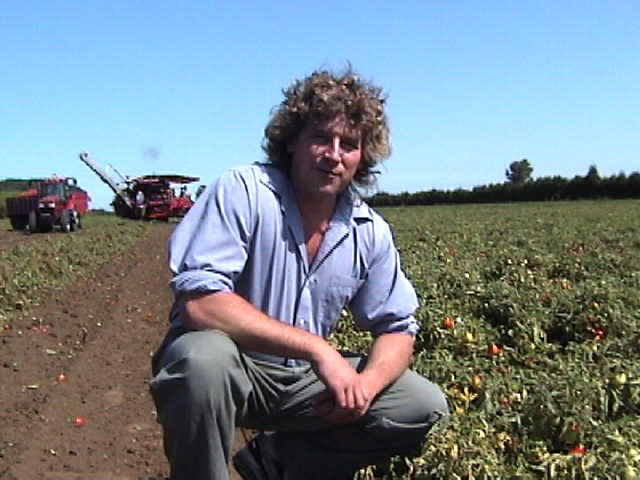“There is a misperception that raw foods are always going to be better. For fruits and vegetables, a lot of times a little bit of cooking and a little bit of processing actually can be helpful.”
So says Steven K. Clinton, a nutrition researcher and professor of internal medicine in the medical oncology division at Ohio State University.
Numerous studies show that people who consume lots of vegetables have lower rates of heart disease, hypertension, diabetes, eye problems and even cancer. But how should they be served?
Surprisingly, reports Tara Parker-Pope in today’s New York Times, raw and plain vegetables are not always best.
 Researchers will report in the British Journal of Nutrition next month that in a study involving 198 Germans who strictly adhered to a raw food diet, participants had normal levels of vitamin A and relatively high levels of beta carotene, but they fell short when it came to lycopene (found in abundance in these processing tomatoes, right)
Researchers will report in the British Journal of Nutrition next month that in a study involving 198 Germans who strictly adhered to a raw food diet, participants had normal levels of vitamin A and relatively high levels of beta carotene, but they fell short when it came to lycopene (found in abundance in these processing tomatoes, right)
The amount and type of nutrients that eventually end up in the vegetables are affected by a number of factors before they reach the plate, including where and how they were grown, processed and stored before being bought. Then, it’s up to you. No single cooking or preparation method is best. Water-soluble nutrients like vitamins C and B and a group of nutrients called polyphenolics are often lost in processing. For instance, studies show that after six months, frozen cherries have lost as much as 50 percent of anthocyanins, the healthful compounds found in the pigment of red and blue fruits and vegetables. Fresh spinach loses 64 percent of its vitamin C after cooking. Canned peas and carrots lose 85 percent to 95 percent of their vitamin C, according to data compiled by the University of California, Davis.
Fat-soluble compounds like vitamins A, D, E and K and the antioxidant compounds called carotenoids are less likely to leach out in water. Cooking also breaks down the thick cell walls of plants, releasing the contents for the body to use. That is why processed tomato products have higher lycopene content than fresh tomatoes.
In January, a report in The Journal of Agriculture and Food Chemistry concluded that over all, boiling was better for carrots, zucchini and broccoli than steaming, frying or serving them raw. Frying was by far the worst..
That report did not look at the effects of microwaving, but a March 2007 study in The Journal of Food Science looked at the effects of boiling, steaming, microwaving and pressure cooking on the nutrients in broccoli. Steaming and boiling caused a 22 percent to 34 percent loss of vitamin C. Microwaved and pressure-cooked vegetables retained 90 percent of their vitamin C.
What accompanies the vegetables can also be important. Studies at Ohio State measured blood levels of subjects who ate servings of salsa and salads. When the salsa or salad was served with fat-rich avocados or full-fat salad dressing, the diners absorbed as much as 4 times more lycopene, 7 times more lutein and 18 times the beta carotene than those who had their vegetables plain or with low-fat dressing.
Below, processing tomatoes being harvested in an Ontario field.

